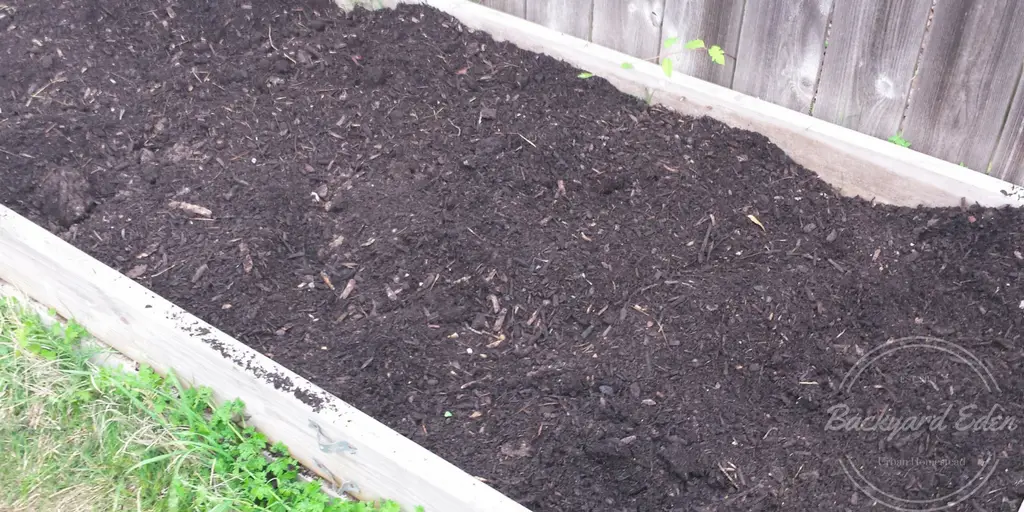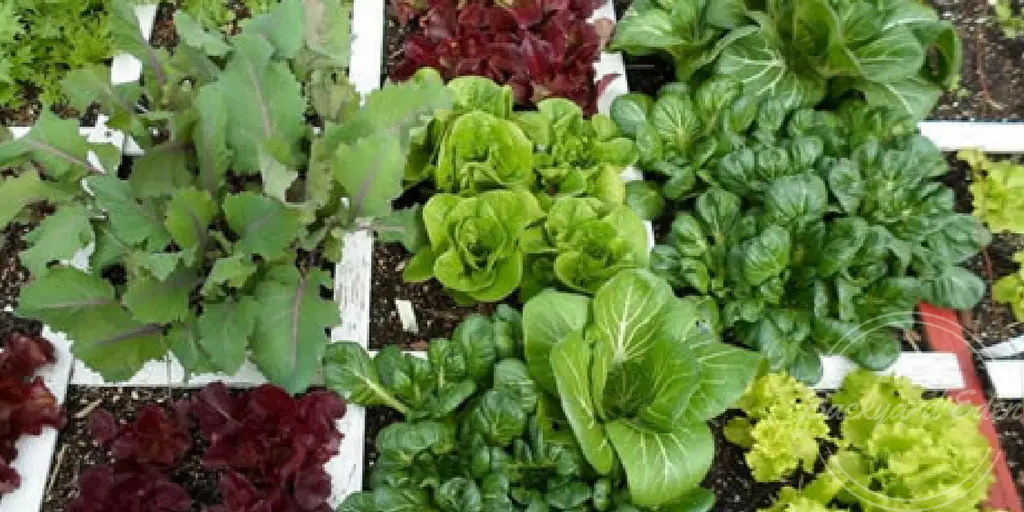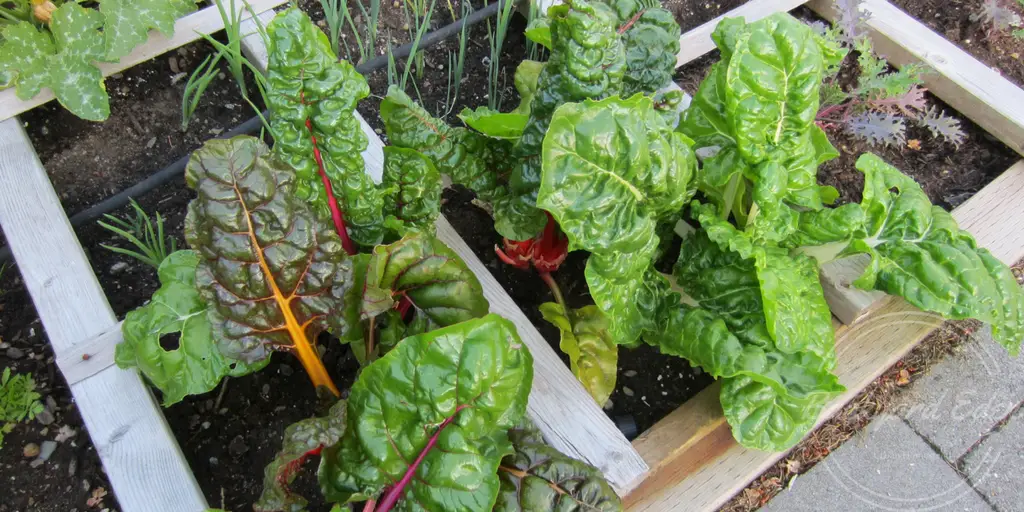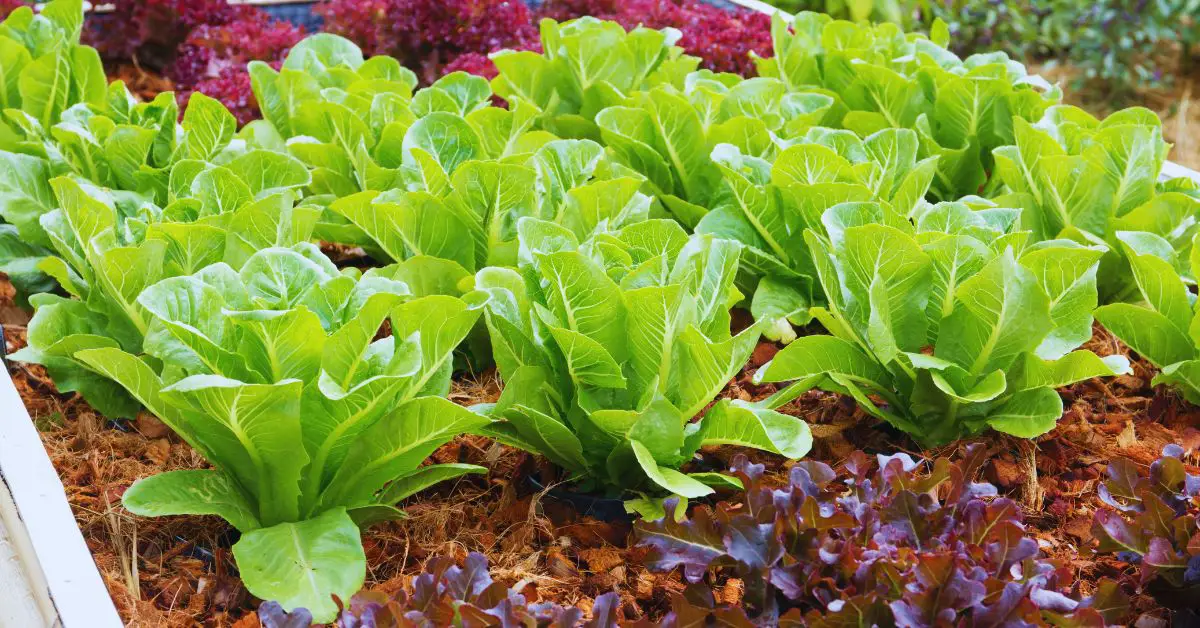Have you ever wanted to grow a large vegetable garden but don’t have acres of land to work with? Most gardeners don’t know that you can grow a ton of veggies in a small amount of space using the Square Foot Gardening method. This method is one of the easiest ways to grow a herb and vegetable garden in a raised bed. Below you will find helpful instructions on How to Start Square Foot Gardening.
How to Start Square Foot Gardening
First, you need a raised bed. Using 6-inch wide lumber works the best, but any material can be used. Make sure to put down a weed barrier so weeds and grass don’t grow up into the raised bed.
The best size for a square foot garden is 4×4 feet or 4×8. You can be creative though in your design, but 4 feet across is best for adults and 3 feet for kid’s gardens as their arms just can’t reach that far.
Related: How to make a cheap raised bed.
The soil that you put into your square foot garden needs to be full of nutrients and is best when it is a blend of different materials.

Soil recipe for raised beds
Equal parts of potting soil or compost, vermiculite, and peat moss. I prefer to use coconut coir in place of peat moss as it is sustainable.
For the potting soil, I often will mix a few different types together with compost to give a good variety of nutrients to the mix.
Make sure to water down this mixture until you can squeeze a handful of it and no water drips out – that’s how you know that it has been completely absorbed.
Once you have the soil in the raised bed, add a 12” grid on top using tape or string, so you know where to plant.
This is the general guideline and will help you know how many plants go into each square:
Small: 16 plants per square for 3” spacing
Medium: 9 plants per square for 4” spacing
Large: 4 per square for 6” spacing
Extra Large: 1 per square for 12” spacing
Here is a list of common vegetable plants and their recommended spacing.

Use the seed packet as a good guideline to know how many seeds to put into a square. Many people love to grow tomatoes and since they are heavy nutrient eaters, one per square works best.
The same goes for pepper and squash plants. Smaller plants like radishes and carrots can have 16 per square, sometimes more depending on the varieties chosen.
Other Benefits
There is very little weeding that needs to be done using the square-foot gardening method. If you want a natural way to keep pests out of your garden, plant a few marigolds in the squares with the other plants as they are a natural pest deterrent – this is also called companion planting.
Another great companion planting is to plant corn and green beans together and let the beans grow up the corn stalks instead of having to stake them.
I will also plant garlic throughout my raised beds as they keep away a lot of bugs too!

Experiment with your square-foot garden and try different plants together. This concept of gardening is a lot of fun to do and easy to get the whole family involved in!
Try it.
Set up a raised bed and give square-foot gardening a try. You will be surprised how well it will work for you and your family.
So, what are you waiting for? Get started on your square-foot garden today! It’s a great way to get into gardening if you’re new to it, and it’s also perfect for people who have limited space. And the best part is that you can start harvesting your own vegetables in no time at all. What are you waiting for?





